Air quality in Glasgow’s city centre has seen a dramatic improvement, with nitrogen dioxide (NO₂) levels dropping by 34% since the full enforcement of the Low Emission Zone (LEZ) in June 2023.
According to the city’s 2025 Air Quality Annual Progress Report – the first to include a complete year of post-enforcement data – NO₂ concentrations within the LEZ area in 2024 were significantly lower than in 2022, the last full year before restrictions took effect. Locations outside the zone also benefited, with diffusion tube monitoring showing a 21% reduction in NO₂.
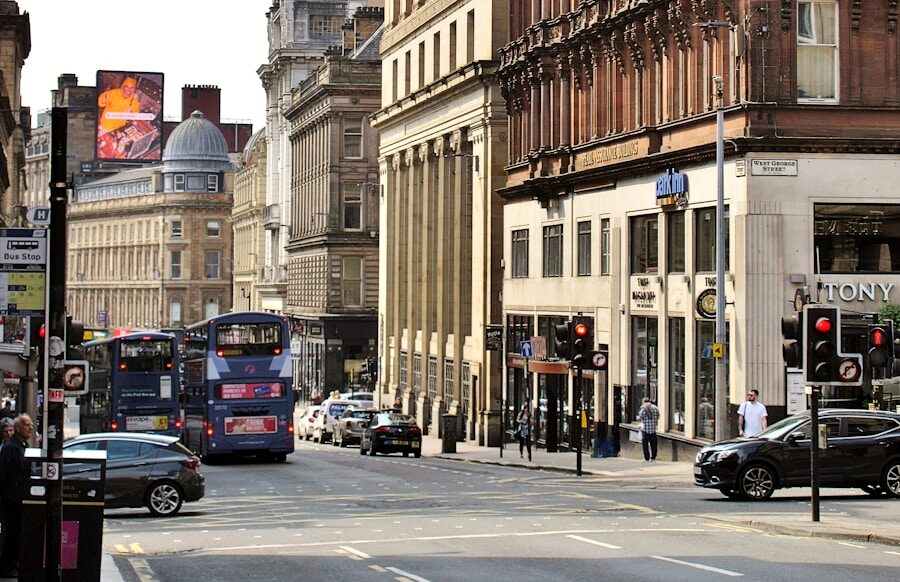
For the first time in 30 years, Glasgow met all statutory air quality objectives across the city in 2024. Automatic monitoring stations reported NO₂ levels below legal limits, marking the third consecutive year of compliance. Hope Street, once infamous for the highest NO₂ levels in Scotland, now records concentrations nearly 10% below the statutory objective.
Key city centre sites, such as Gordon Street and the Hielanman’s Umbrella – which previously exceeded pollution thresholds – are now in full compliance, with the highest recorded NO₂ reading more than 25% below the objective. Levels of PM10 and PM2.5 were also within targets at all monitoring locations.
Glasgow has revoked three of its four Air Quality Management Areas (AQMAs) due to improved air quality. The city centre AQMA, in place since 2002, could be lifted ahead of the 2029 target if current progress is sustained for three consecutive years.
Officials say the LEZ has been pivotal in delivering these gains, contributing to cleaner air, better public health and progress towards Glasgow’s wider environmental goals.
Cllr Angus Millar, Convener for Transport, Climate and City Centre Recovery said: ‘These new figures clearly show that Glasgow’s Low Emission Zone is successfully tackling city centre air pollution. A one-third drop in levels of harmful nitrogen dioxide since the LEZ’s introduction means cleaner air for everyone.
‘Air pollution contributes to hundreds of deaths in Glasgow every year and damages the health of thousands more. The LEZ was introduced to tackle the stubbornly high pollution levels causing that. Now, for the first time, Glasgow is meeting the legal limits on air pollution at all recorded locations.
‘These significant improvements to city centre air quality come at a crucial time, as footfall continues to rise and key streets are transformed through the Avenues programme. Cleaner air not only reduces health risks but helps create a more pleasant environment for everyone.’
Cabinet Secretary for Transport Fiona Hyslop said: ‘I’m very pleased that Glasgow’s Low Emission Zone is significantly improving local air quality. What we’re seeing through these findings is a clear and direct link between the LEZ and air quality benefits. Glasgow was the first LEZ in Scotland to start enforcement and the first to deliver these benefits. We can expect to see similar reductions across Aberdeen, Dundee and Edinburgh in time.
‘We know that air pollution disproportionately impacts the youngest, the oldest and those with pre-existing medical conditions. As such, the LEZ is working effectively to protect public health in Glasgow and reduce health inequalities.
‘At the same time – it’s really encouraging that the revenue raised from the LEZ has been reinvested to support local community projects that work to protect the climate and further improve air quality across the city.’
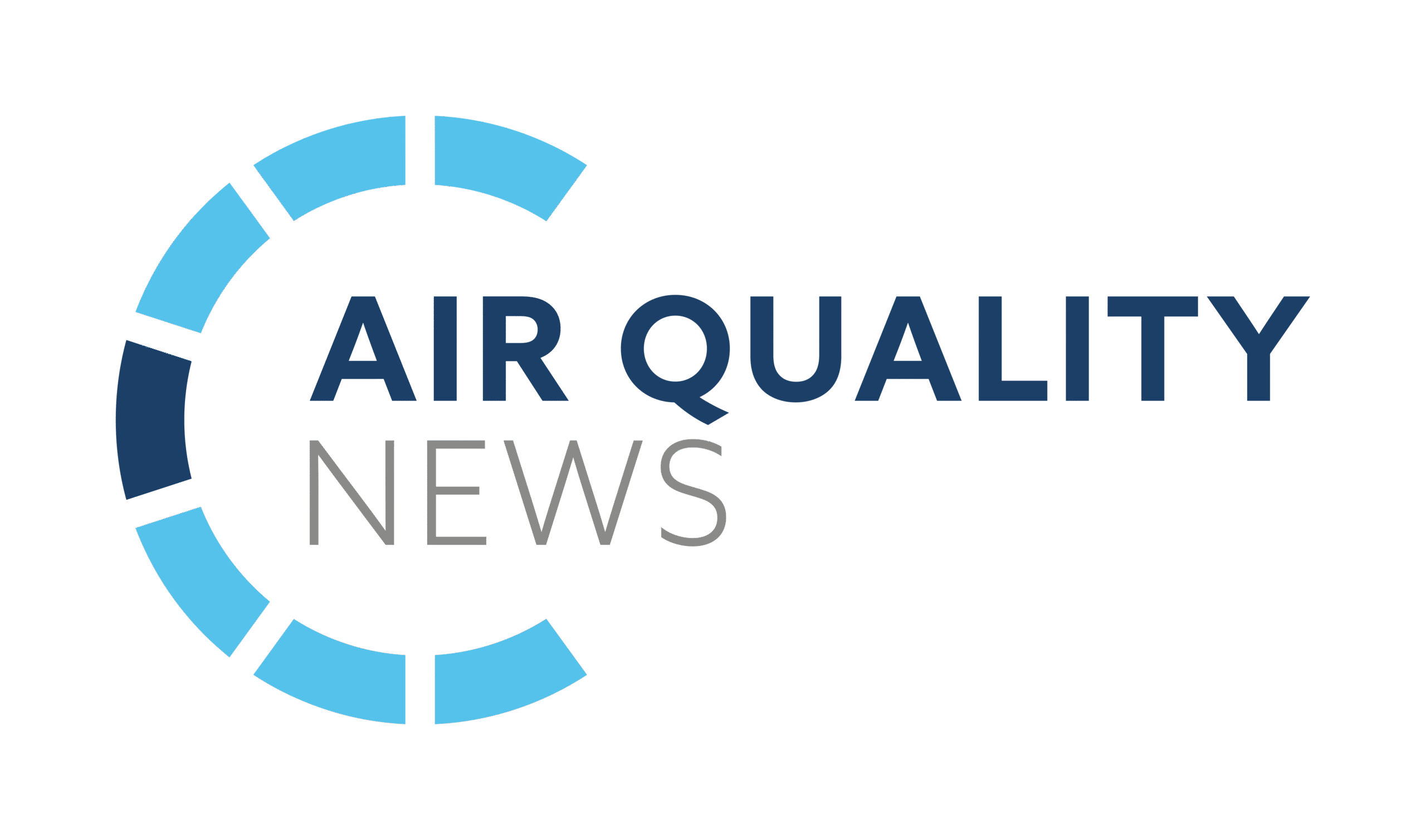


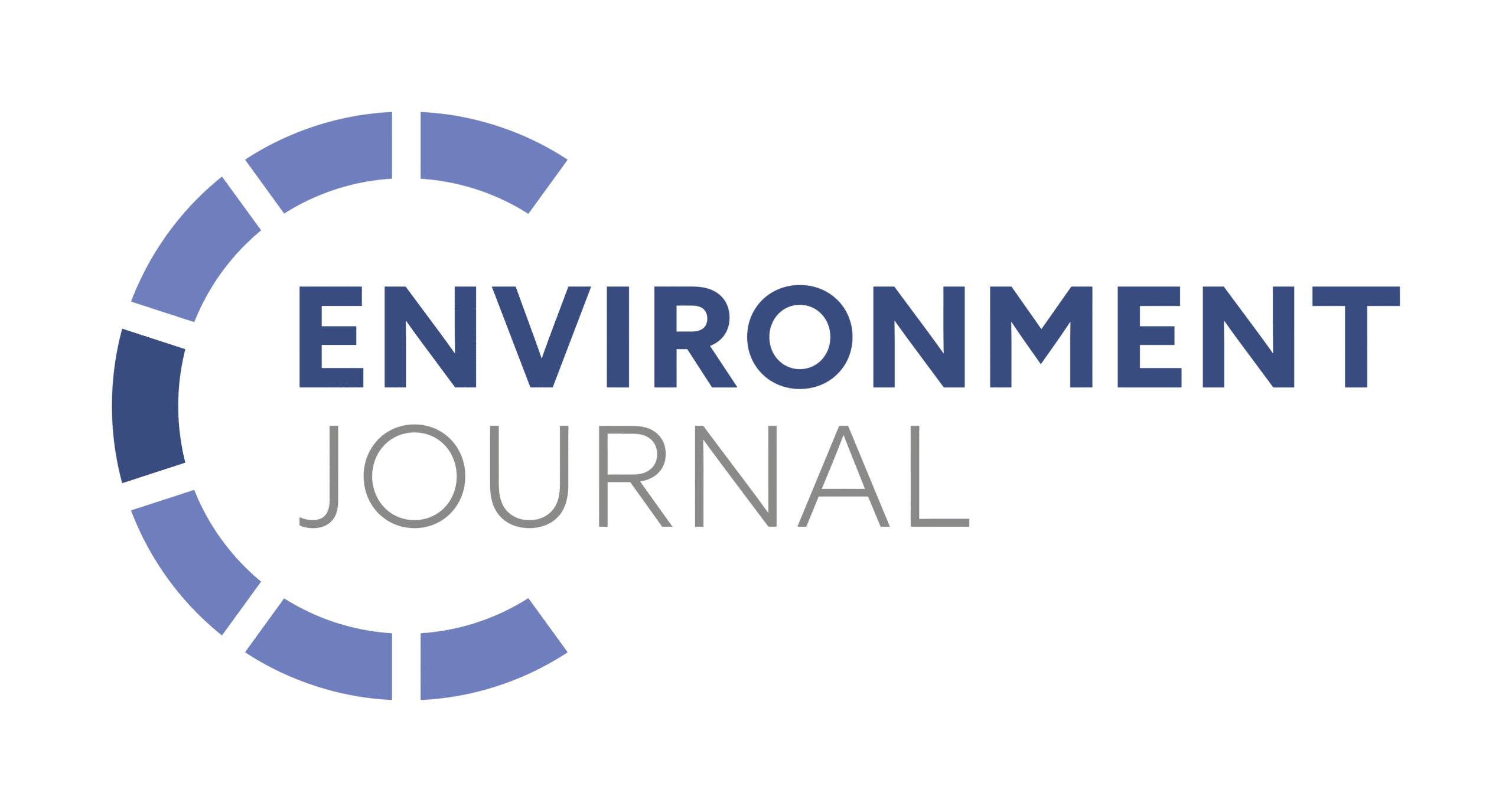







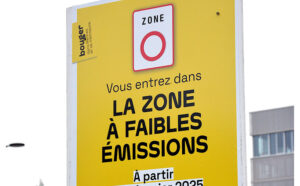
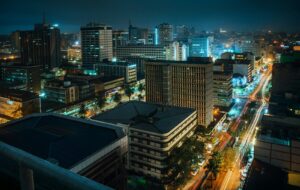
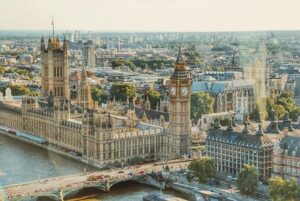


Leave a Reply